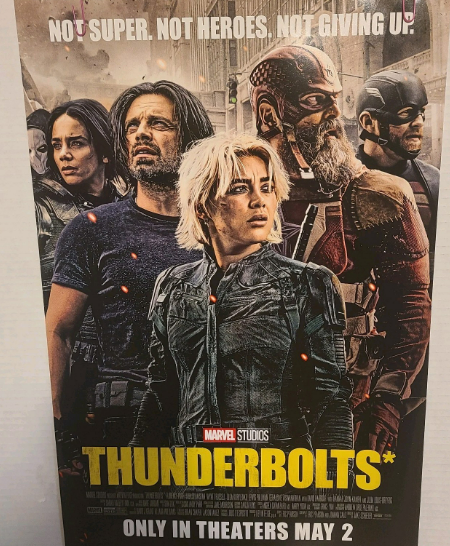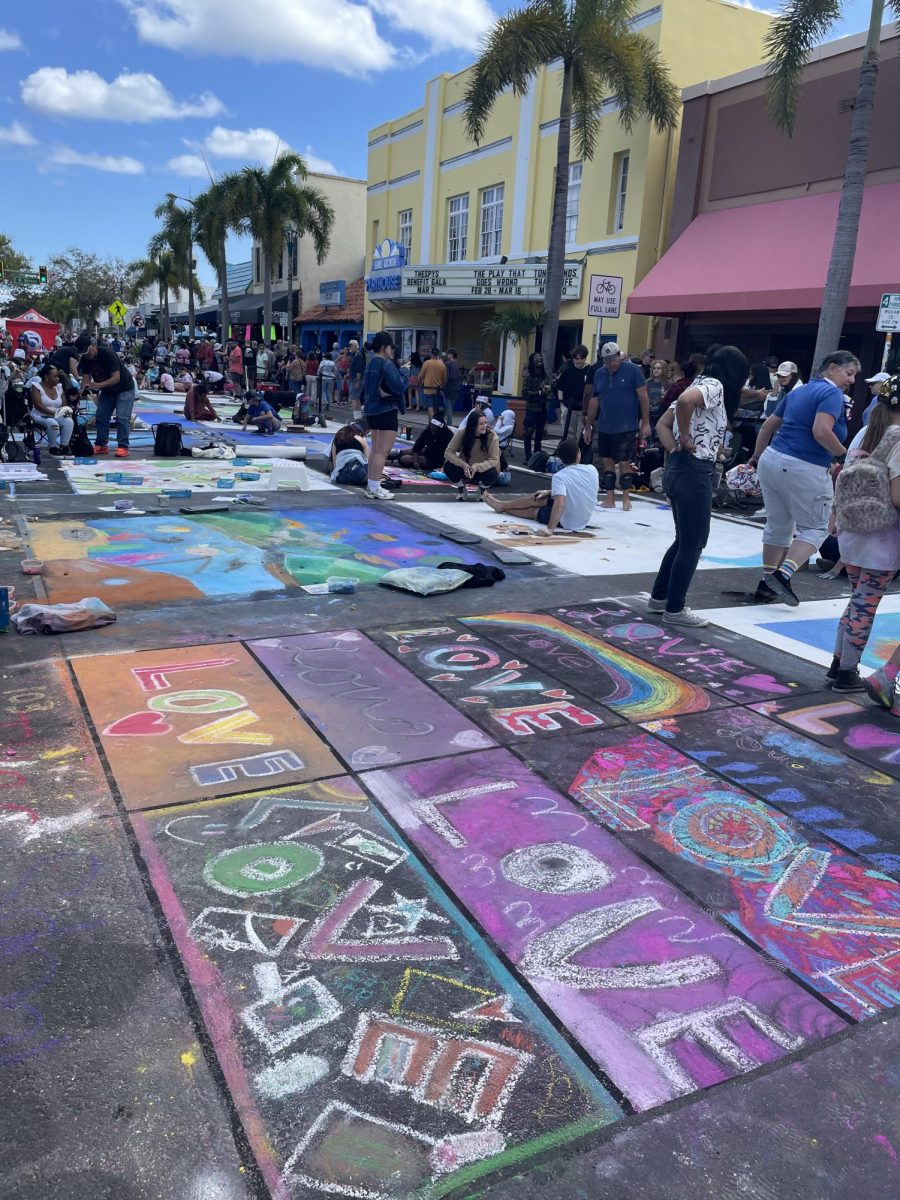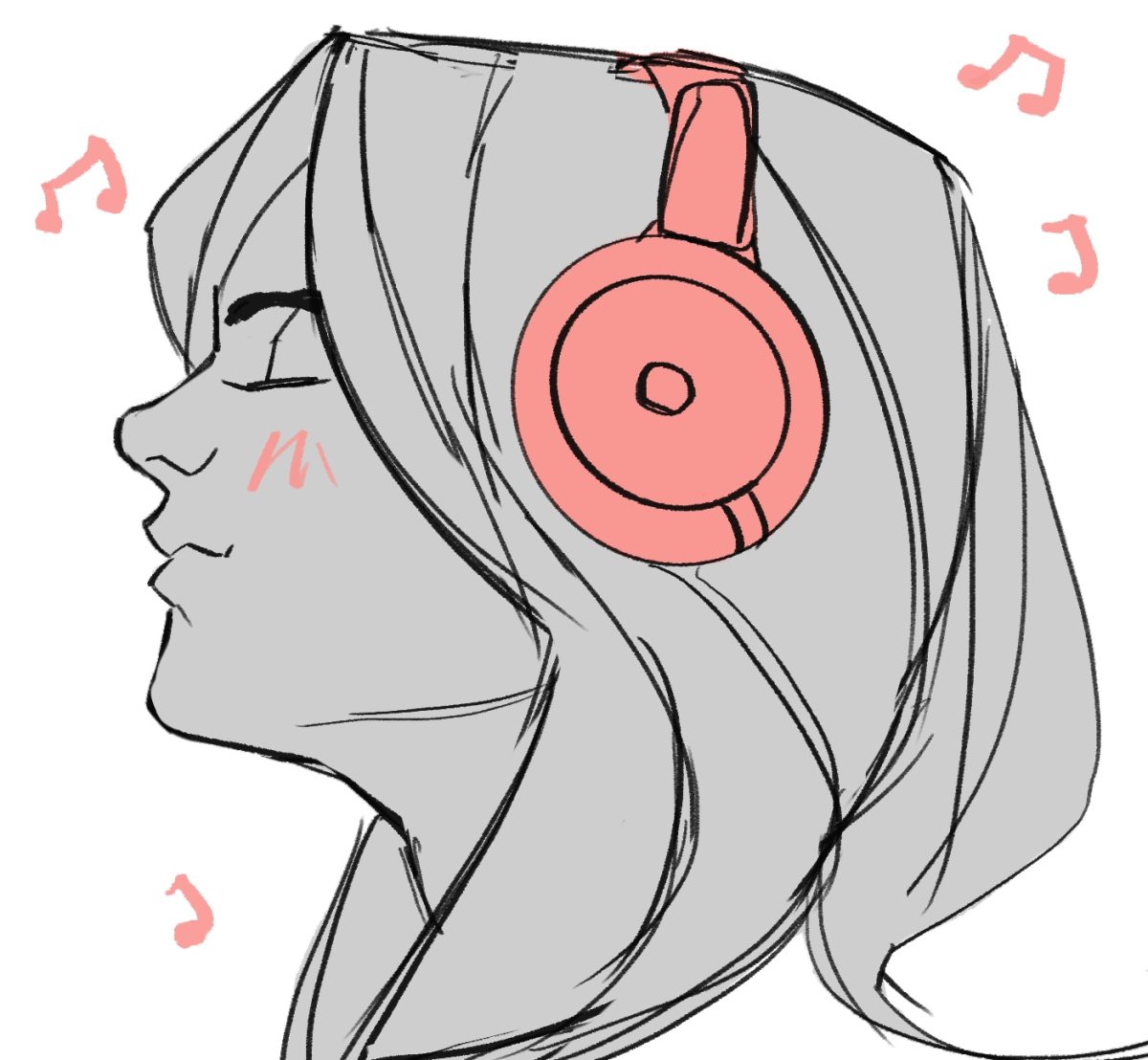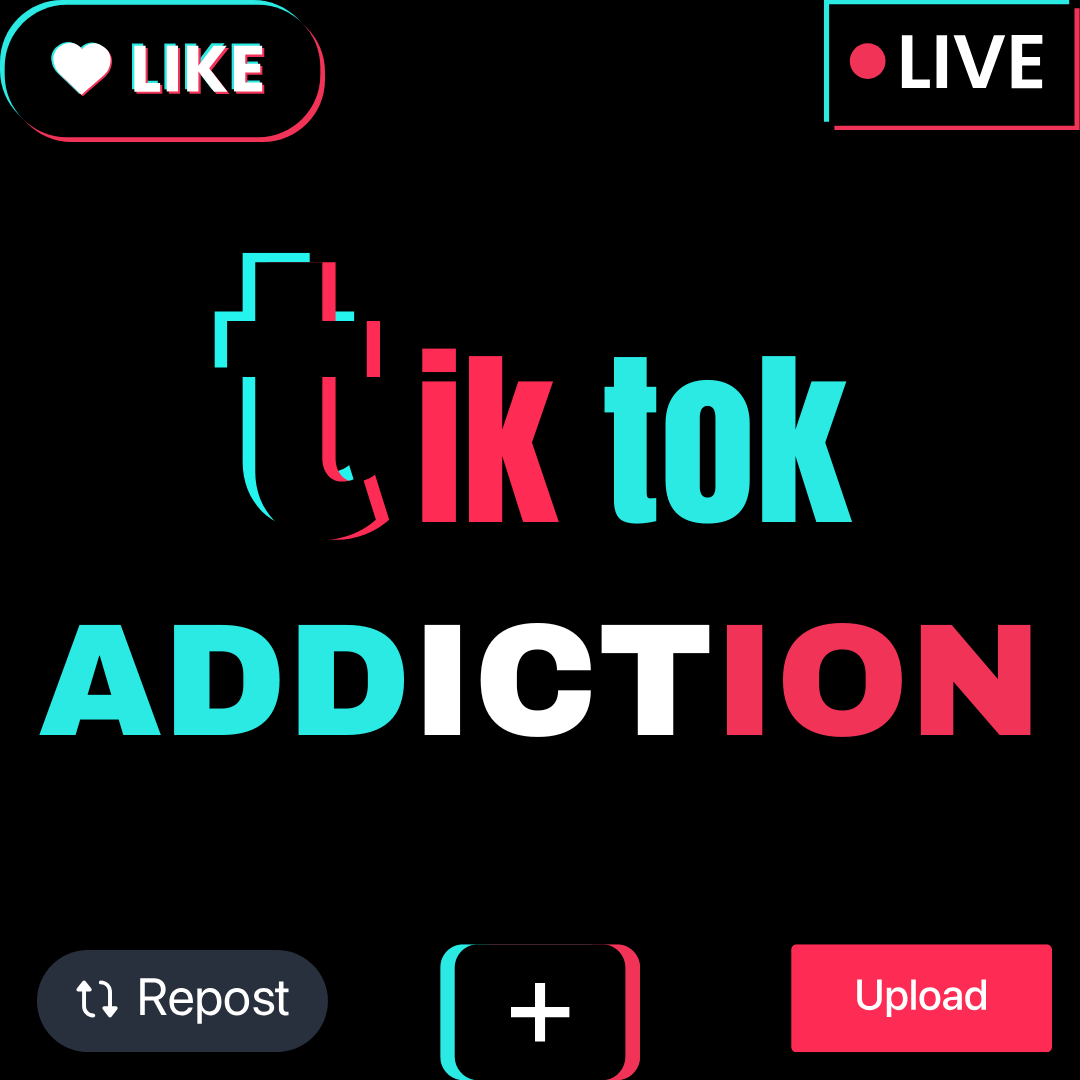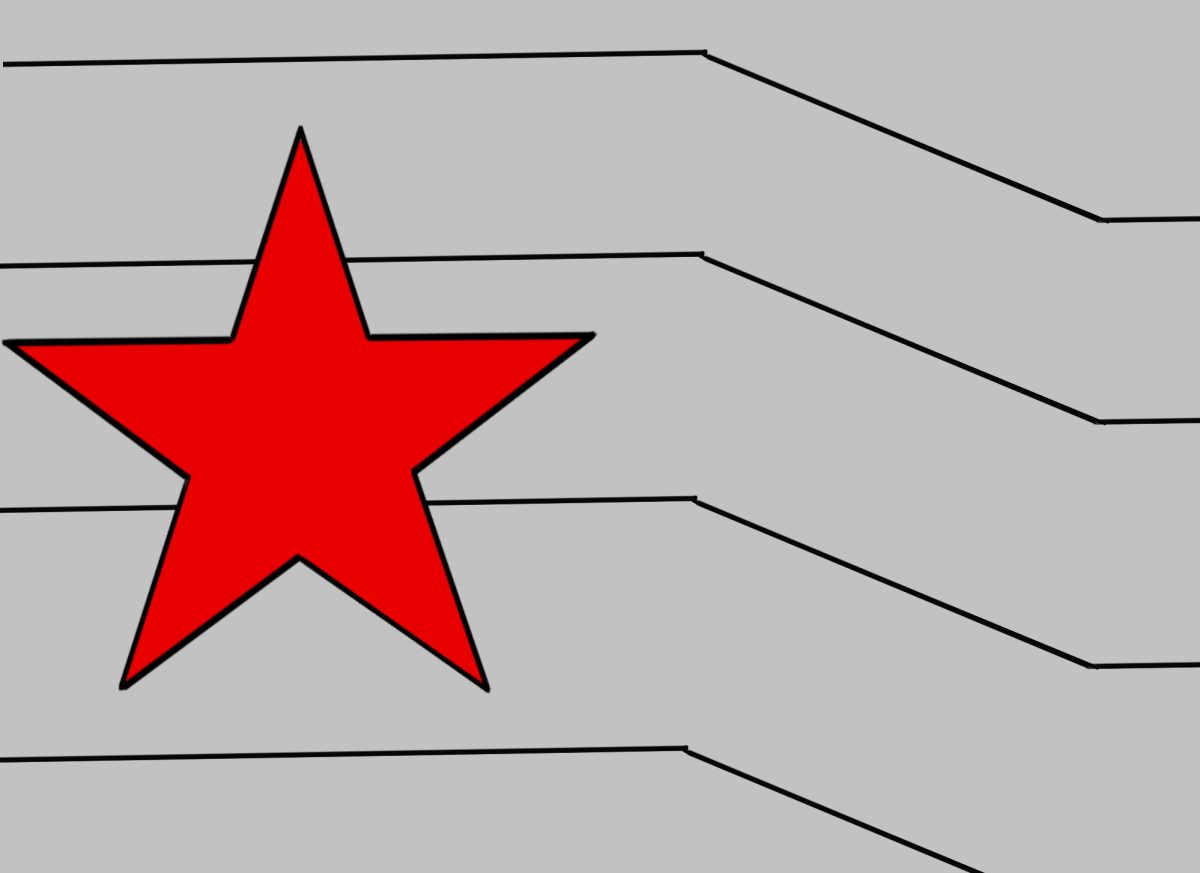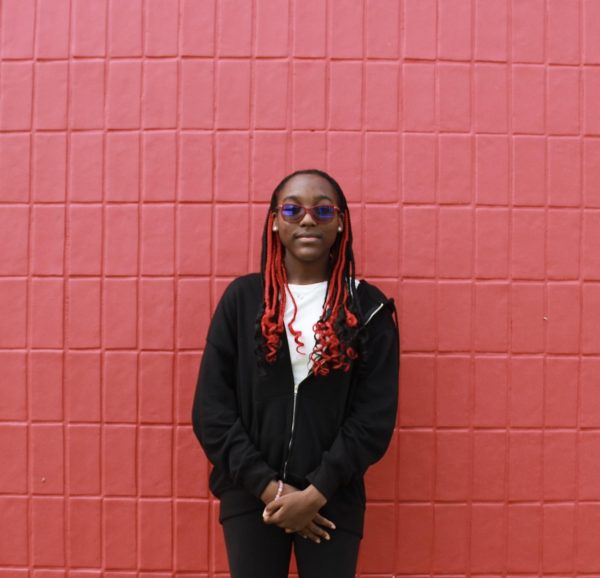Recently, I’ve had the great opportunity to have my umpteenth re-watch of Bumblebee (2018), the story of the Transformer Bumblebee that flees to 1980’s earth when Cybertron falls, finding his way into the teenage heroine Charlotte ‘Charlie’ Watson’s life and, most importantly, her garage, only for them both to team up and save the world from two decepticons, Shatter and Dropkick, sent to end the world.
Upon my rewatch, it became more and more clear to me why I just adore this movie. One of the best parts of the movie, as a Die-Hard Transformers fan myself, is the opening scene on Cybertron. To me, it was beautifully done and truly conveyed the great conflict of the Autobot-Decepticon war. The homage to classic Generation One character designs was also a plus, and it was awesome to see Optimus Prime in all his glory. I loved how we, as the audience, were thrown into the conflict, like when we get to see Blitzwing—who I still wish was Starscream—chase down our hero, Bumblebee, and rip his voice box out. Thankfully, Bumblebee blew him up after the fact. The amazing action scenes are not the only highlight of the movie, though.
My absolute favorite part of the whole movie was Charlie Watson’s character arc. Throughout the entire movie, we get to see her change and grow, particularly going through all the stages of grief about her late father’s death. Charlie is a wonderfully realistic and fleshed-out character, and to me, a teenage girl myself, I find her incredibly relatable, especially when she goes through her teenage woes. Hailee Steinfeld did a wonderful job of bringing Charlie to life, and Charlie’s exploration of grief through her connection with Bumblebee was amazing. Although they start their relationship off with tension, as Charlie is a human girl and Bumblebee is a 20-foot-tall robot, throughout the movie they become closer. Because of her regret and grief about not being able to say goodbye to her father before he died, Charlie struggles with feelings of frustration and anger, especially towards her family and her mom’s new boyfriend, because she feels as though they moved on too quickly. This journey through grief is also especially seen when Bumblebee gets injured after being captured by the government, where Shatter and Dropkick interrogate him, and Shatter shoots him with an electric gun. Similar to how defibrillators use electricity to start up the heart, Charlie uses the electric guns to shoot volts into Bumblebee and help him come back to life, doing this over cycles of electricity, evoking her father’s death from a heart attack. When she is able to not only bring Bumblebee back to life and fully restore his memory, she is then also able to say goodbye to him at the end of the movie and fix her father’s old Corvette. Ending her arc and, in a way, saying goodbye to her late father, gaining closure.
I could not end this review without mentioning the awesome 80’s music used in the soundtrack. From The Smiths to Tears for Fears, the soundtrack really gives Bumblebee an authentic 80’s feel. The stereotypical blonde bullies do this as well.
The movie ends on a high note, and I cannot stress this enough, but if you can, please watch this movie; it really sheds a light on what Transformers is and what it could be.



